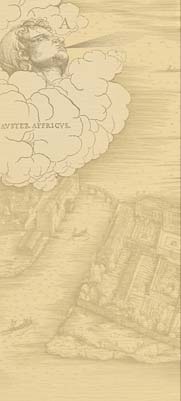Navigation: Why Navigation?
Why does Michael include so much material about navigation in his manuscript?
The captains of Venetian galleys had to be nobles, but they were not necessarily master mariners. Yet the ships they commanded were very expensive. They often carried extremely valuable cargoes and sailed under strict orders to arrive and depart their destinations on specific dates or face substantial fines. Profits and losses depended on keeping to a schedule. Whole battles could be lost if military galleys did not arrive on time.
It was therefore essential to have someone on board who knew how to get a galley to its destination and back, safe and on schedule. An ambitious man, Michael would have quickly realized that mastery of navigation was the key to promotion.
Michael started to learn how to navigate at least as early as 1405, serving as one of the nochieri responsible for steering a galley. He likely mastered the art by the time he was appointed homo de conseio on the voyage to Flanders of 1417. He had certainly done so by the time he was appointed armiraio in 1422, when he was responsible for the movement of the entire Guard fleet.
Michael's portolans symbolize his long experience of various coasts. It was experience that mattered most in medieval navigation, and experience that he wanted to signal to his employers.
Michael's explanation of the marteloio shows that he was also familiar with the latest mathematical techniques for navigation, and it is significant that he placed his discussion of the marteloio in the math section of his manuscript, not with the portolans. It reflects his deep interest in the practical applications of mathematics.
< Portolans | Toolkit: Marteloio >











